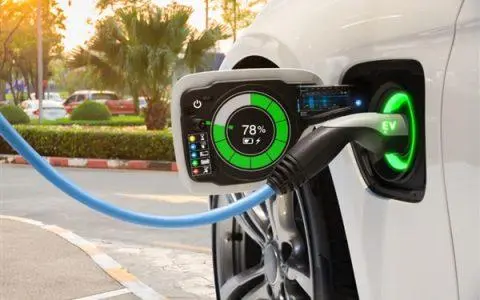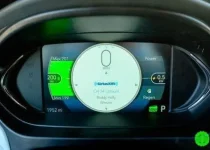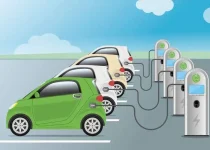How do electric vehicle charging networks operate?
Electric vehicle (EV) charging networks operate by providing a widespread and accessible infrastructure of charging stations for EV owners to recharge their vehicles’ batteries. These networks are essential for the widespread adoption of EVs, as they help address the challenges of range anxiety and ensure that drivers can conveniently recharge their vehicles during long trips or in urban areas where home charging might not be feasible.
Here’s how EV charging networks generally operate:
- Station locations and accessibility: Charging networks strategically place charging stations in various locations such as along highways, in urban centers, at shopping malls, hotels, workplaces, and public parking areas. This ensures that drivers can access charging facilities when needed, both for long-distance travel and regular daily use.
- Charging station types: Charging networks usually offer a mix of charging station types, including Level 1, Level 2, and DC fast chargers (Level 3). Level 1 charging uses a standard household outlet and provides the slowest charging speeds, while Level 2 charging offers faster charging rates and is commonly found at public charging stations and workplaces. DC fast chargers are capable of rapidly recharging an EV’s battery and are typically placed along highways or in areas where quick charging is essential.
- Payment and membership: Charging networks often require users to set up an account or use a membership card to access their services. Some networks offer subscription plans, pay-as-you-go pricing, or a combination of both. Users can typically start a charging session through an app, RFID card, or contactless payment methods.
- Charging session management: Charging networks may employ smart charging features that allow users to monitor and manage their charging sessions through mobile apps or websites. Users can check the charging status, receive notifications when charging is complete, and view their charging history and billing information.
- Interoperability and roaming agreements: Some charging networks have entered into interoperability and roaming agreements with other networks, allowing users to access multiple networks with a single account or membership. This simplifies the charging experience for EV owners and expands the availability of charging stations.
- Integration with renewable energy and grid management: Some charging networks incorporate renewable energy sources such as solar or wind power to provide clean electricity for charging. Additionally, they may use smart grid technologies to manage energy demand, optimize charging times, and minimize the impact on the electrical grid.
- Customer support: Charging networks often provide customer support services, including technical assistance, troubleshooting, and user education to ensure a smooth charging experience for EV drivers.
In conclusion, EV charging networks operate by providing a comprehensive and accessible charging infrastructure for electric vehicle owners, ensuring that charging is convenient and readily available. As the adoption of EVs continues to grow, the expansion and development of charging networks will be crucial for supporting the transition to electric transportation.



